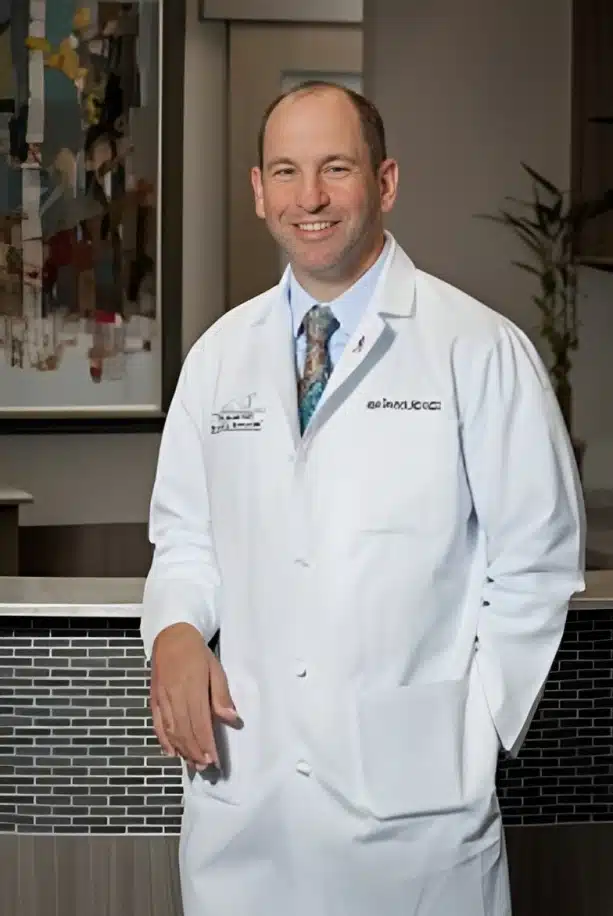 Do you have drooping or loose skin above your eyes? Do your eyes appear smaller or saggier than they used to? Is the skin on your eyelids dull and wrinkly? Are there bags, furrows, or bulges under your eyes? Do you appear tired when you’re not? If you answer “yes” to any or all of these questions, an eye lift may be the solution you need.
Do you have drooping or loose skin above your eyes? Do your eyes appear smaller or saggier than they used to? Is the skin on your eyelids dull and wrinkly? Are there bags, furrows, or bulges under your eyes? Do you appear tired when you’re not? If you answer “yes” to any or all of these questions, an eye lift may be the solution you need.
Eyelid surgery (also called an “eye lift” or “blepharoplasty”) is a procedure to reshape the upper and/or lower eyelids by the removal or repositioning of excess skin, fat, and muscle, along with the reinforcement of surrounding muscles and tendons. It can be a purely cosmetic procedure as well as functional. Either way, it can make a big difference in the lives of patients who undergo this procedure.

Why are eye lifts sometimes needed? Factors such as the natural aging process, stress, injuries, and disease processes can cause the upper eyelids to droop or create deep, puffy bags or dark circles under the eyes. Blepharoplasty can improve sagging skin and bagginess, creating a more rested, refreshed, and youthful appearance. It can also help improve vision in middle-aged and older patients whose drooping eyelids block or interfere with their vision.
Good Candidates for Blepharoplasty
An eyelift can address any or all of the following symptoms:
• Loose or sagging upper eyelids (ptosis).
• Hooded eyes.
• Lack of a natural upper eyelid crease.
• Outer corners of the eyes are lower than the inner corners.
• Excessive, loose, or puffy bags of skin on the lower eyelids.
Good candidates for blepharoplasty are individuals who are in good physical and mental health and have reasonable goals for improving the eyelids and surrounding area. Most blepharoplasty patients are at least 35 years of age, but if baggy or sagging eyelids run in your family, you may decide to have this procedure done as early as 18 years of age.
Certain medical or ophthalmic conditions can make this surgery risky. These include hyperthyroidism (e.g., Graves’ disease), dry eye or lack of sufficient tears, glaucoma, cardiovascular disease, and high blood pressure. Patients with these conditions may be prohibited from undergoing blepharoplasty due to the elevated surgical risks involved. Individuals without proper orbital anatomy (insufficient bone structure to support the procedure) may also not be good candidates for eyelid surgery.
How Blepharoplasty is Performed
Eyelid surgery is usually performed on an outpatient basis, either in Perimeter Plastic Surgery’s state-of-the-art surgical suite or at one of the area medical facilities where Dr. Deutsch operates. The procedure may last anywhere from one hour for a standard one-lid procedure to two or three hours for a more extensive, two-lid procedure. This surgery is typically done while the patient is under local anesthesia with sedation. Patients are generally able to go home within an hour or two after the surgery.
The surgery may address only the upper eyelids, just the lower lids, or both eyelids, depending on the goals of that particular patient. For an upper lid procedure, Dr. Deutsch makes a tiny incision in the natural crease of the upper eyelids and removes loose skin and excess fat deposits. He then repositions fat or tightens underlying muscle tissue as necessary before closing up the incision with small stitches.
For a lower eyelid cosmetic procedure, Dr. Deutsch makes an incision along the lower lash line, where any scarring will be concealed. He then removes any excess skin, muscle, and fatty deposits, before stitching up the incision. If areas beneath the eyes are depressed or sunken, he may redistribute some of the fat to these areas.
When patients have both their upper and lower eyelids done at the same time, Dr. Deutsch will generally do the work on the upper lids first before doing the lower ones. When the surgery is completed, ointment and bandages will be placed over the eyes to minimize swelling and bruising.



